new blog
Carbon fiber composites (CFRP) have good acoustic, magnetic and electrical properties: good wave and sound transmission and non-magnetic, so they can be used to improve the stealth performance of warships.
The use of composite materials in the superstructure of the ship can not only reduce the weight of the hull, but also by embedding a frequency selection layer with filtering function in the sandwich, it is possible to emit and receive electromagnetic waves at a predetermined frequency, thus shielding the enemy's radar electromagnetic waves.
At present, the application of carbon fiber composites in the hull is still in the trying stage, but it has been applied in the key components of the ship.
Carbon fiber composites can be applied to ship superstructure, which can reduce the quality of superstructure and improve the safety performance; used in ship propulsion, which can reduce the quality of propulsion, reduce fuel consumption, and prolong the service life; used in mast and hull structure, which can increase the overall strength; CFRP blade is not only lighter and thinner, but also improves the performance of the air bubbles, reduces vibration, and reduces the consumption of fuel; it can be used as propeller and propulsion shaft system in propulsion system, which can reduce the hull of the ship. and propulsion shaft system, reduce the vibration effect of the hull and noise, mostly used for reconnaissance ships and fast cruise ships; in machinery and equipment can be used as rudders, some special mechanical devices and piping systems.
In addition, high-strength carbon fiber ropes in the navy warships cable and other military items also have a relatively wide range of applications.
In the future, with the development of the science of carbon fiber composites and the improvement of the manufacturing process, the application in the ship warships will be more vigorous development.
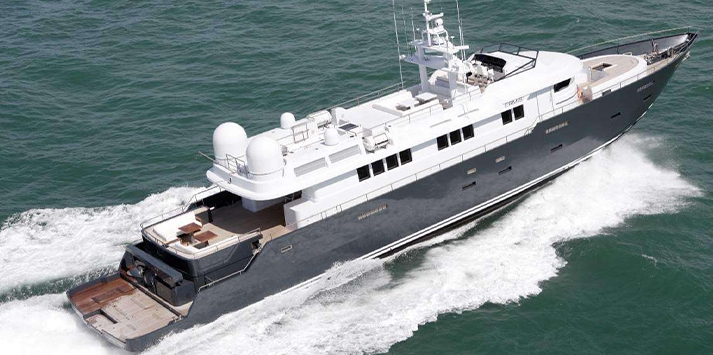
According to a news report issued by the National Marine Manufacturers Assn (NMMA), new vessel sales in October 2022 have fallen below the pre-New Crown epidemic levels of 2019, which, according to NMMA President Frank Hugelmeyer, suggests that economic uncertainty and consumer focus on the The expected return of competing forces is beginning to show its impact. As of July 2022, new powerboat sales were reportedly 18% below the same period in 2021 and 11% below pre-2019 epidemic levels. However, sales of some other categories of vessels continue to exceed pre-epidemic sales, such as new pontoon boats, sternwheeler sport boats and yachts.
Previously, NMMA reported in 2021 that retail sales of motorboats reached their highest level in 13 years in 2020, up 9% from 2019. new boat sales grew 12% to 310,000 in 2020, with freshwater fishing and pontoon boat sales accounting for half of powerboat sales. Another high-growth segment is water skis for wakeboarding and wakeboarding, with a 20 percent increase in new boats to 13,000 in 2020.Hugelmeyer noted, "After the record growth of the past two years, it's time to keep a close eye on consumer demand, and looking ahead to 20 years of trends to see what 2023 is projected to allow for will be a healthy industry year."
Overall, the use of carbon fiber reinforced polymers (CFRP) in marine applications continues to increase slowly, driven by the demand for higher speeds and performance as owners and operators seek to reduce fuel consumption and environmental impact.
A continuing trend in power and sailboats is foils, i.e., the use of hydrofoils underwater wings to lift the hull out of the water and "fly" it. Foils are usually either V-shaped blades that penetrate the water or T-shaped blades that remain underwater. Some boats use both structures, which are similar to wings on airplanes that generate lift so that when the boat gains speed (15-18 knots in most cases), its hull is lifted out of the water. The foils usually retract at a lower speed and are driven by electronics.
In August 2022, the Swedish company Candela announced plans for the P-12 Shuttle Boat, a hydrofoil-electric ferry due to arrive in Stockholm waters in 2023.Candela claims the ferry will be the world's fastest, longest-range, and most energy-efficient electric boat to date, featuring wings, hulls, decks, interiors, foil stanchions, and rudders that are all made of carbon fiber/epoxy resin and built via resin injection.
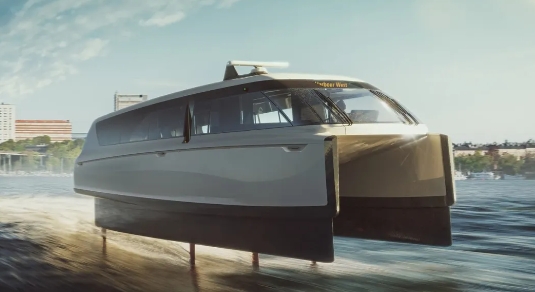
(Candela P-12 Shuttle boat )
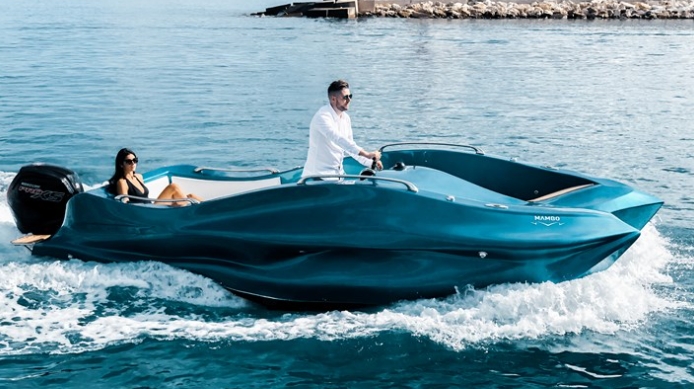
(MAMBO)
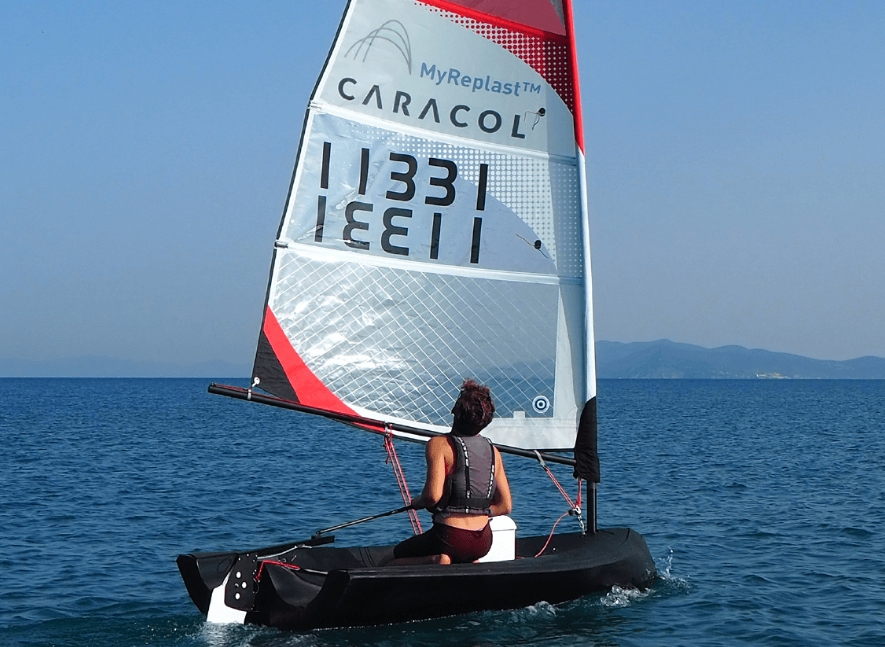
(Beluga)
The adoption of composites for larger ships has been slower, but no less dramatic. In recent years, the two European Unions FIBRESHIP and RAMSSES, supported by the 378-member European network for Lightweight Applications at Sea (E-LASS), have made great progress in this area, launching a series of demonstration projects , including composite decks, rudders, helidecks, hulls, modular cabins and superstructures, repair of steel and welded joints between composites and steel.
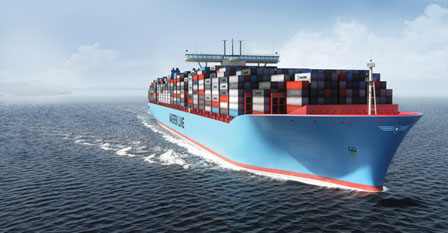
(E-LASS)
About us
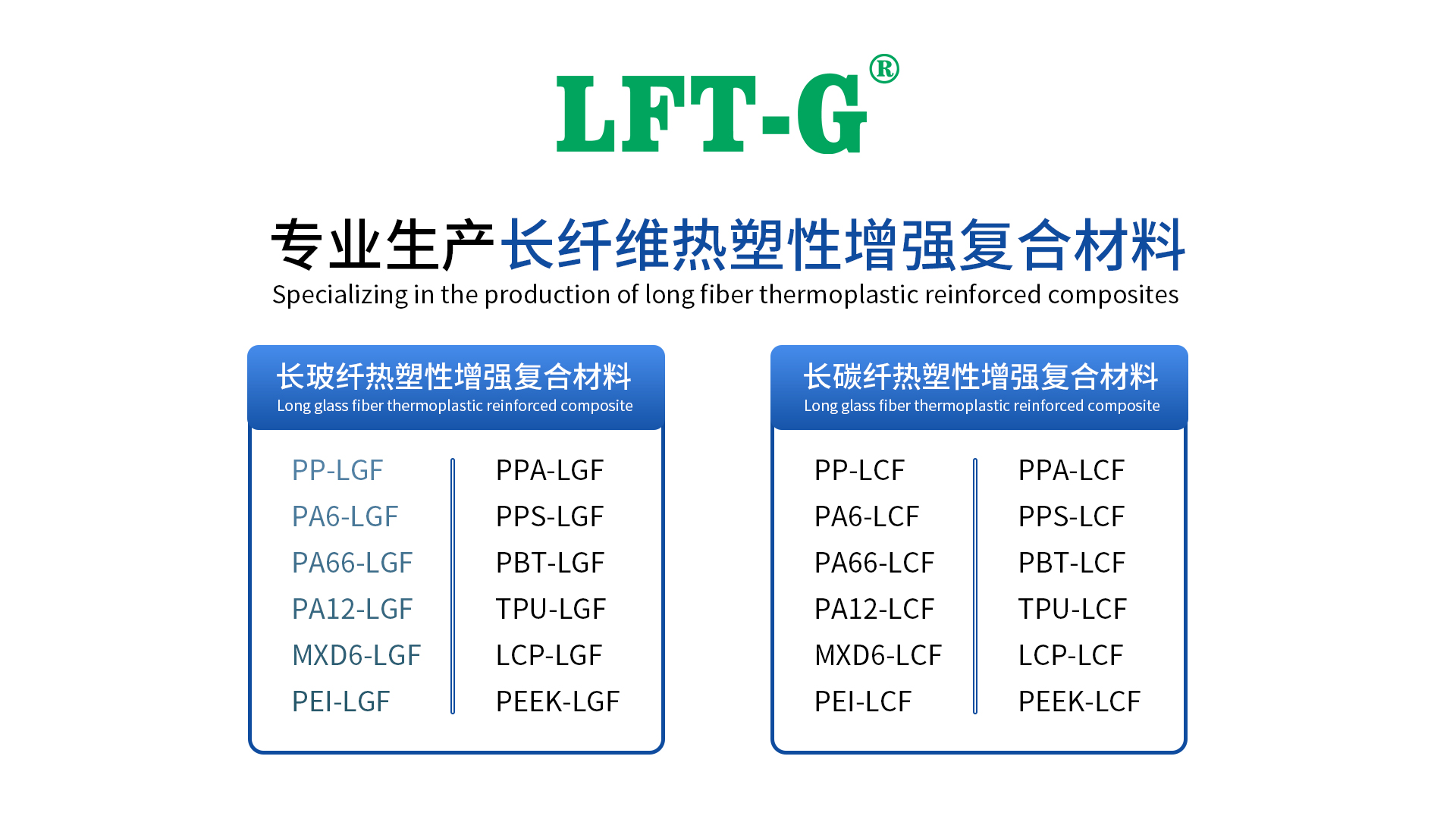
Xiamen LFT Composite Plastic Co.,LTD was established in 2009, is a brand-name global suppliers of long fiber reinforced thermoplastic materials integrating product research & development(R&D), production and sale marketing. Our LFT products have passed the ISO9001&16949 system certification and have obtained lots of national trademarks and patents, covering the fields of automotive, military parts and firearms, aerospace, new energy, medical equipment, power wind energy, sports equipment, etc.